The Asia & Pacific ITU region is both a substantial and diverse area, stretching from major urban environments of East Asia, across the remote Australian outback, to the archipelagos of the Pacific. It includes economic powerhouses like China and Japan, as well as emerging markets such as India and Indonesia. This region is marked by its cultural and economic diversity, an intersection of traditions and cutting-edge technology. The telecommunications sector here is equally varied, with countries like South Korea boasting some of the world's fastest internet speeds, while others are still working on improving connectivity.
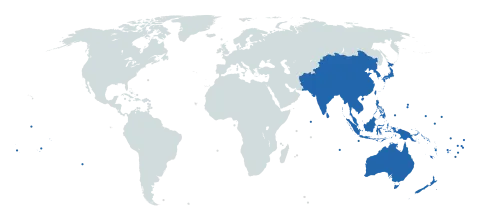
4G Coverage & Internet Use (% of Population)
Top Ten 4G Bands
Countries
The are 54 countries in this region.

Vanuatu, a Pacific island nation with a population of approximately 320,000, is composed of 83 islands, many of which are volcanic in origin, creating a challenging geography for the implementation of energy and telecommunications infrastructure. The population is predominantly rural with only around a quarter residing in urban areas, further complicating the provision of widespread, high-quality ...
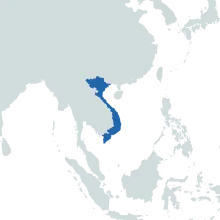
Vietnam, with its elongated geography stretching over 1,650 kilometres from North to South, poses challenges for infrastructure deployment. Its diverse terrain, ranging from the highlands and dense forests in the North, to the Mekong Delta in the South, can often necessitate unique and one-off solutions. Vietnam's population is unevenly distributed, with a high concentration in urban centres like ...

Wallis & Futuna, located in the South Pacific, comprises two main inhabited islands and a number of smaller islets, with a population of about 11,000 individuals. The population is dispersed unevenly, with most residents living on the Wallis Island. The geographical isolation and scattered population pose challenges for technological and telecommunication infrastructure. Despite its geographic ...
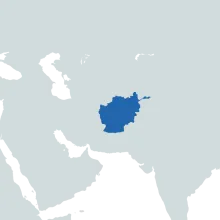
Afghanistan's telecommunications landscape grapples with unique challenges and innovative solutions, largely due to its rugged geographical features and dispersed population distribution. Vast mountainous terrains and desert expanses make traditional wired networks impractical, thereby necessitating the adoption of alternative infrastructure solutions. Extensive mobile telecommunication networks ...

The telecommunications landscape in American Samoa is characterised by unique geographical challenges and innovative solutions. As a remote island territory in the South Pacific, the archipelago experiences logistical hurdles in implementing standard telecommunication infrastructure, compounded by a widely dispersed population across its various islands. The country has adopted innovative ...
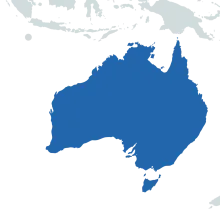
Australia's technology landscape is shaped by its unique geographical spread and population distribution. Its expansive landmass—second only to Russia among countries without land borders—presents significant challenges for telecommunications infrastructure. Most of the population clusters along the eastern seaboard, leaving vast rural and regional areas sparsely populated. This has compelled ...

Bangladesh’s technology landscape, particularly in telecommunications, is shaped by a blend of geographical challenges and unique innovations. The country is marked by large population clusters centred around urban areas, with widespread rural zones presenting particular challenges for connectivity. Despite this, Bangladesh has made significant strides towards digital inclusivity with the ...

Bhutan, a landlocked country tucked away in the eastern Himalayas, faces unique geographical challenges impacting technology and telecommunications. With its rugged mountains and dispersed population centred in the capital, Thimphu, and smaller towns, it initially had difficulties in establishing a countrywide communication network. Nevertheless, through technologies such as 4G and satellite ...
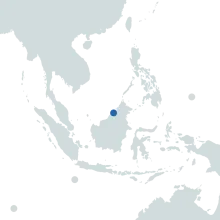
Brunei Darussalam, a small Southeast Asian country, boasts a widespread and advanced telecommunications network. The tropical nation, comprising two non-contiguous territories and a population of just over 400,000, has effectively harnessed its geographical challenges by investing significantly in ICT infrastructure technologies. Thus, it has managed to connect even the remotest regions like ...
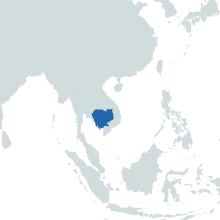
Cambodia, with a population of 16 million largely distributed across rural areas, adequate connectivity is a substantial undertaking. Phnom Penh, the capital, and Siem Reap, the tourist hub, have comprehensive services; however, remote regions struggle with limited accessibility, particularly during monsoonal rains. Despite these challenges, Cambodia has seen unprecedented growth in mobile and ...
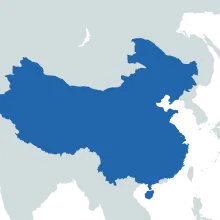
The majority of the Chinese populace is concentrated in the eastern coastal cities while the interior regions remain sparsely populated, posing infrastructural and logistics issues. The country's sheer landmass has necessitated unique solutions, notably construction of the world's largest fibre optic network spanning 130,000 villages and a regional broadband project achieving 100% population ...

The Cook Islands are a self-governing island country in free association with New Zealand located in the South Pacific ocean. The country comprises 15 small islands with a population of around 17,500 people dispersed across an ocean area of about 2.2 million square kilometres. Geographically isolated, the islands' telecommunications infrastructure has historically been limited, but recent ...

Fiji, an archipelago in the South Pacific, consists of more than 300 islands with a population of around 900,000. The geography and population distribution pose significant challenges for technology and telecommunications deployment, with many inhabitants living in remote and rural areas. Fiji's main islands, Viti Levu and Vanua Levu, host most of the population and have better connectivity. Fiji ...

French Polynesia, situated in the South Pacific, is made up of 121 islands and atolls spread across more than 2,000 kilometres. The archipelago's geography and dispersed population contribute to the complexities faced by its telecommunications and technologies sectors. The population of around 305,000 is unevenly distributed, with the majority living in Tahiti, the largest island. The remaining ...
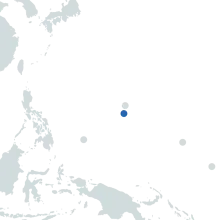
Guam, a US territory located in the Pacific Ocean, is the largest and southernmost of the Mariana Islands with a population of approximately 170,000. Its geographical isolation presents unique challenges in terms of telecommunications and technology. The island has a fairly concentrated population with most residents living in the central and northern areas. The Guam Power Authority and the Guam ...